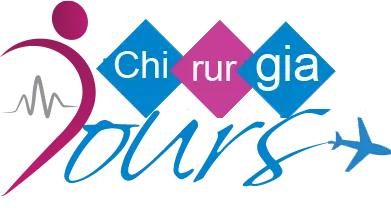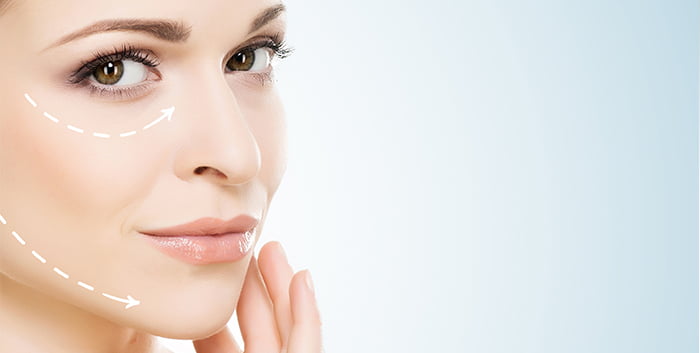Cosmetic surgery of the chin is common because it can be performed in ambulatory or even under local anesthesia and its consequences are simple. Current techniques can correct the unsightly chin whether it is too pronounced or not. It is thus possible to refine, blend or reduce a chin too prominent considered unfeminine. It is also possible to redraw a chin that is too far back and that is fleeing by placing a prosthesis. The double mention aspect is treated by liposuction in most cases and does not require surgery on the bone.

Table of Contents
Toggleprinciple
Genoplasty is an intervention that aims to improve the patient’s functional and aesthetic profile. It allows to correct the cases of galosh chin or runaway chin.
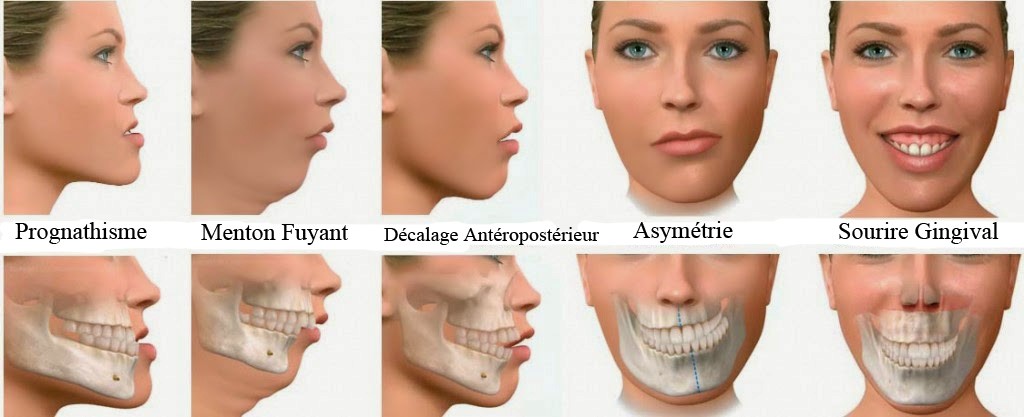 This surgical act on the chin can sometimes be associated with a rhinoplasty, then we talk about a profiloplasty. The goal is to have a natural-looking chin with proportions that are in harmony with other facial features, appropriate for the psychology and personality of the patient and meeting their needs.
This surgical act on the chin can sometimes be associated with a rhinoplasty, then we talk about a profiloplasty. The goal is to have a natural-looking chin with proportions that are in harmony with other facial features, appropriate for the psychology and personality of the patient and meeting their needs.
It is important to know that these changes will make a fairly significant change in the person’s face, so it is imperative to explain this well to the patient and help him understand his new face. In some cases, the surgeon uses patient photo simulations to give him or her an idea of future outcomes.
Who is the intervention addressed to
The mentoplasty can be considered for any person who suffers from a too advanced or backward aspect of the chin in relation to the nose and forehead which causes disgrace and an absence of harmony at the profile level.
The patient must have completed his growth and acquired the final shape of his face. It is therefore generally intended for people over the age of 18.
Consultation

The genoplasty is an intervention that improves the shape of an unsightly chin by restoring facial harmony at both face and profile level.
Dr. Atef Ghedira, after consulting with the patient and studying his or her morphology, will use various techniques of chin surgery to effectively correct aesthetic defects such as a runaway chin or a galosh chin.
The course of the procedure
Type of anesthesia + length of hospitalization
In the case of simple genoplasty not associated with rhinoplasty, local anesthesia with sedation may be considered. This will be discussed between the patient, surgeon and anaesthetist during the consultation.
The usual length of hospitalization is 1 to 2 days.
The actual operation and its duration
Depending on whether the patient has a protruding or runaway chin, the surgeon will use various techniques and different surgical gestures
Techniques used for galosh chin surgery
There are two techniques to move a protruding chin back:
- Planing of the jaw bone: The surgeon will sand the lower edge of the mandible bone in order to reduce the advancement of the chin.
- Osteotomy of the chin: The surgeon will then cut the excess bone and he will proceed to the refixassion of the front part of the chin through metal screws and platelets.
Techniques used for Runaway Chin Surgery
There are three techniques for advancing a runaway chin:
Chin advancement osteotomy: The surgeon will cut the chin bone in a horizontal direction to create a bone fragment that is advanced to the desired position and then fixed through metal screws and platelets.
Implant placement: the surgeon will place a silicone prosthesis whose shape and size will vary according to the patient’s morphology and the corrections to be made. The implant will be housed in the lower jaw bone, hidden by the thickness of fat and chin muscles.
Bone grafting: The surgeon will remove a piece of bone from the patient’s skull or pelvis to reshape the chin.
In most cases, the incisions to access the chin are made at the level of the oral mucosa at the lower lip. There is no external scar. The operation lasts between 1 and 2 hours.
End of operation: sutures+bandages
The surgeon then sutures the incisions of the mouth, which will disappear after 2 to 4 weeks. He applies over an elastic bandage
If the thread used is not pos resorbable then the points are removed in consultation.
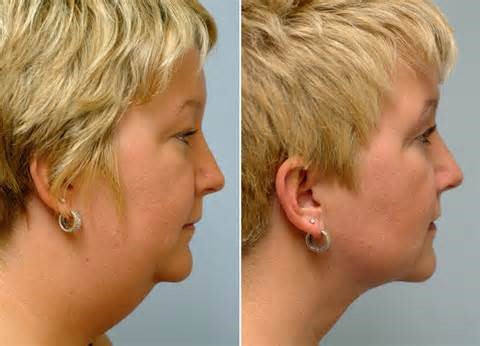
Common consequences of genoplasty
Observed swelling of the lips and neck which may be of varying importance depending on the patient
Decreased sensitivity and mobility of the treated area (lower lip, chin, teeth and gums) in the first days after surgery.
Bleeding from the mouth is common immediately after surgery and is minor. In the case of acute pain, the surgeon will administer analgesics.
postoperative follow-up
It is essential to maintain excellent oral hygiene since the scars are placed inside the mouth. The surgeon usually prescribes mouthwashes and a water gel for this purpose.
Teeth and gums should be cleaned with an ultra-soft brush after each meal; in some cases, antibiotics will be prescribed.
To help a quick healing, it is important to observe certain precautions: the patient should only take a warm or cold diet with a soft texture. Food that is too hot, spicy or acidic should not be eaten within two to three weeks after the procedure
Result
The first results are visible immediately after the surgeon has removed the bandages. The treated areas are still swollen and blue but the patient can have a general idea of his new profile. However, it takes two to three months for a good assessment of the result. Oedema and bruising will be gone. The final appearance is usually achieved after about six months.
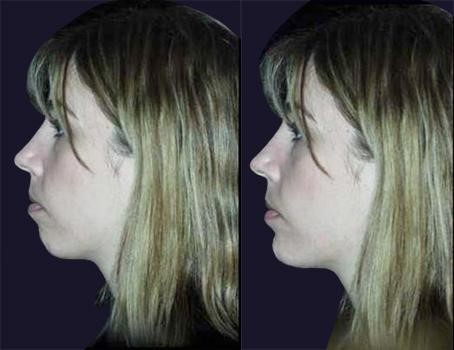
When does the patient ask?
Depending on the degree of modification, the patient may experience some pain and discomfort that are more intense in the case of an action on the bone. In the case of a prosthesis placement the pain is usually less intense
It is indeed possible to combine the two interventions since both aim to give a more harmonious profile to the patient.
